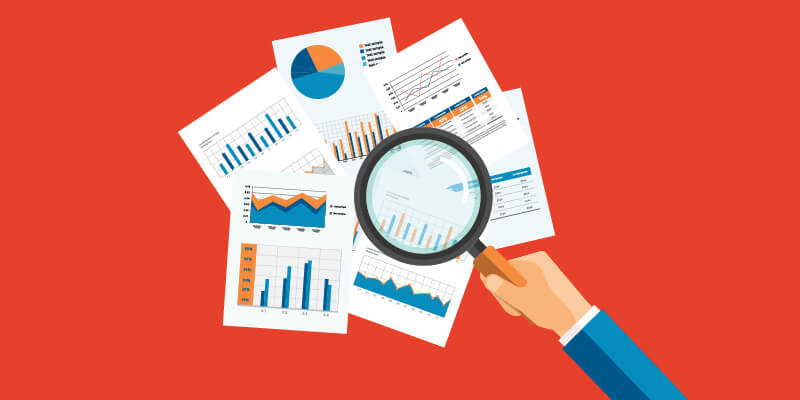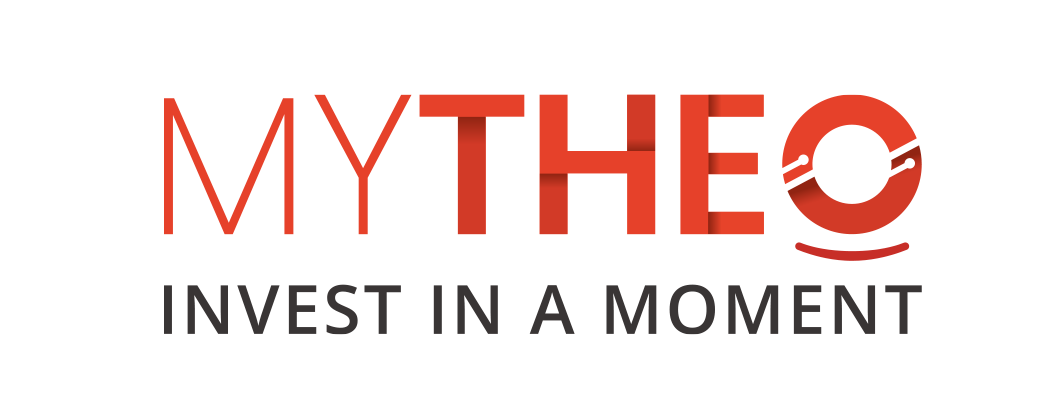Tuesday, 15 September 2020
Written by Amirudin Hamid, Portfolio Manager of GAX MD

The global equities raced higher for a fifth straight month since the lowest point in March. The US market, which has been the most robust market in the recent months, continued to anchor the equity market with the S&P and Nasdaq reaching new all-time highs once again.
Still, the stocks of big technology companies such as Tesla, Nvidia, Apple, Amazon, Facebook, Alphabet and Microsoft were again behind the rally in US stock market. Apple created history by becoming the first publicly-traded company that was valued at over US$2 trillion.
Chart 1: Monthly Return of Major Technology Stocks in August 2020

Note: Past performance is not an indication of future performance
Unlike the equity market, the bond market had a bad month. In August, the bond yield spiked to the highest level since February amid concerns of rising inflation in the future, following the new policy by the Federal Reserve.
In the commodity market, Gold’s rally for six consecutive months came to an end in August, but all other commodities trended higher due to the growing optimism that the economic recovery is on the right track.
Investors' increased appetite towards risky assets such as equities and commodities, sent the US Dollar lower across the board. The US Dollar Currency Index, the benchmark that measures the currency's strength against other major currencies, dropped by 1.29% during the month. While the US Dollar is seen as a safe-haven currency, investors tend to move away from the currency when risky assets are on the rally.
Chart 2: Functional Portfolios' Performances for the month of August 2020

Source: GAX MD Sdn Bhd
Note: Past performance is not an indication of future performance
Chart 2 above shows the performance of the functional portfolios for the month of August. The Growth portfolio registered a return of 4.08%, the Income portfolio was down by 2.42%, and the Inflation Hedge portfolio dropped by 0.16%.
It must be noted that, the actual portfolio returns to the investors is the combined weighted return from the allocation to each functional portfolio. For example, if an investor allocates the investment equally: 33.3% in Growth, 33.3% in Income and 33.3% in Inflation Hedge, the actual portfolio return is (33.3% x 4.08%) + (33.3% x –2.42%) + (33.3% x -0.16%) = 0.50%.
The GROWTH portfolio rose by 4.08% in MYR
In August, the equity market’s rally spread across broader asset classes and countries. Almost all assets within MYTHEO's Growth portfolio moved higher except for Taiwan Stocks (EWT).
Lofty valuation in Technology stocks (QQQ) mattered the least when the ETF rose by a further 8.97%, as investors continued to reward companies with strong earnings despite the pandemic.
Another notable mover was Hong Kong shares (EWH), which gained 5.62% to fully reverse the 2.30% loss in the previous month. Meanwhile, China stocks (FXI) was also up by 4.37%. The more robust performance of China and Hong Kong stocks reflected the recovery of the Chinese economy, specifically in the manufacturing sector.
The latest figure showed that the Caixin China Manufacturing Purchasing Managers Index, the most watched benchmark used to gauge the performance of the China manufacturing sector, rose to 52.8 in July from 51.2 in June. The numbers, both of which are above 50, indicate that the sector has been expanding.
Taiwan shares (EWT) dipped by 3.21%, but it was nothing more than profit-taking activities considering that the assets gained by more than 20% over two months from early June to July 2020.
The INCOME portfolio dropped by 2.47% in MYR
At the time when riskier assets such as the commodity and the equity markets are doing well, we can expect the bond market to be weak, at least in the short-term. The 10-Year Government bond yield in the US rose sharply to 0.706%, the highest monthly closing since February this year, which is a pricing in response to the future impact of a new policy by Federal Reserve that encourages higher inflation.
As we know, bond valuation always moves inversely against bond yields, and longer duration bonds are more sensitive to fluctuations of bonds yields.
Hence, it is no surprise that Government Bonds with a 20-year maturity (TLT) dropped by 6.73%, the largest drop of all 30 ETFs within MYTHEO’s holdings. Investment Grade Corporate bonds ETF (LQD) and Medium-Term government bonds (IEF) also fell by 3.52% and 2.73% respectively.
The assets with a higher component of non-USD underlying were more resilient as the benefits of a weaker US Dollar partly offset the impact of rising yields. For that reason, Emerging market bonds ETF (EMLC) posted a smaller drop of 1.55% while International Treasury Bond ETFs (BWX) eased by only 1.37%.
The INFLATION HEDGE dipped by 0.16% in MYR
The Inflation Hedge fund fell marginally in August. All commodities except Gold (IAU) went up further in August amid increasing signs that the global economy is to rebound. Gold ETF (IAU) dropped by 2.24%, which was its first loss in six months. Meanwhile, Metal (DBB), Crude Oil (DBO) and Agriculture (DBO) were all up by 4.52%, 3.05%, and 2.10%, respectively.
ETFs within the portfolio that invest in US assets fell short of the expectations. US Real Estate (IYR), Inflation Hedge Bonds (TIPs) and Infrastructure (IGF) were down by 1.55%, 0.90% and 0.27%, respectively. All these assets with an underlying valued in the US Dollar were negatively impacted.
Our Thoughts
On 27 August, Jerome Powell, the Chairman of the Federal Reserve (Fed), announced a new monetary policy to replace the old regime that had been in place since January 2012.
The old regime, initiated by the previous Chairman, Prof. Ben Bernanke, was set to achieve an inflation target of 2%. That meant that the Fed quickly raised interest rates whenever inflation rose above 2% target.

Although the policy was only slightly tweaked, the implication is significant, as the Fed will now seek to achieve inflation that averages at 2% over time. This means that the Fed will not react as quickly as before to raise the interest rate when inflation rises above 2%. Instead, the committee will wait until inflation reaches the average interest rate of 2% over "some time".
Even though the Fed kept investors in the dark over the definition of "some time", but it is obvious that the new policy will be more flexible, and at the end of it, it will keep interest rates low for much longer. The new policy should continue to flood the market with liquidity, and support the value of all asset classes, including bonds.
In our view, bond traders have over-reacted to the announcement of the new monetary policy in the US, and the rise of bond yields in August is overblown. While it is true that inflation poses risks to financial assets that pay fixed absolute income such as bonds, inflation not followed by an adjustment to the interest rate will not negatively affect these assets significantly.
Even though the latest move by the Federal Reserve is a positive one towards financial assets, we continue to advise investors to stay rational and to focus on the strategic long-term financial objective. We have seen many times in the past that the market can change so drastically, and the Federal Reserve may again have to adjust its monetary policy. Furthermore, there are so many complex forces at work within the market and economy that can produce many more unpredictable outcomes.



